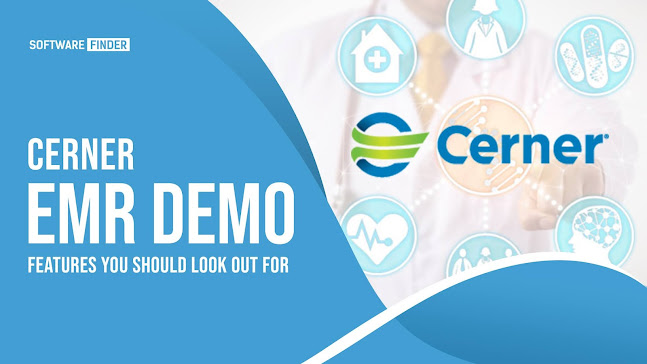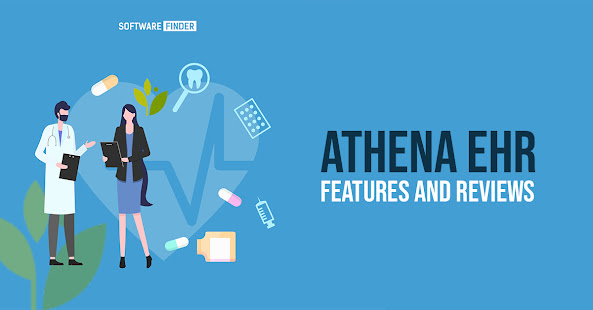What are the Difference EHR and EMR?
There are many benefits to both EHR and EMR, and it can be confusing to know which one to choose. Read this article to learn more about these applications and the differences between them. Consider the security, convenience, and cost aspects of each. It may also be helpful to know the history of each type. Listed below are some of the differences between these programs. Depending on your specific needs, you may want to use one or the other.
Interoperability of the software:
Historically, health care providers have viewed patient data as their own property, and as such, have not shared it easily with other systems. Today, the barriers are being broken down, and EHR systems interoperability is proving beneficial to both patients and providers. For example, it enables organizations to adopt new tools and software modules to save time and resources. It can also enable providers to take care of more patients at once, and can help them increase revenue and decrease costs.
While EHR interoperability benefits patients and clinicians, it is not without risks. It may not be feasible for all organizations to use all available tools at once, and it can be difficult to maintain the interoperability architecture. In addition to maintaining interoperability standards, organizations must also ensure cybersecurity and data encryption in the software used to store patient data. Nonetheless, interoperability is vital in many ways.
Security for the systems:
While an EHR and EMR systems can improve patient care, they also pose a security risk. Paper-based medical records are heavy and unsecure, and data stored on computers and USB drives is easier for hackers to steal. In an effort to protect healthcare information, the U.S. Department of Health and Human Services has implemented several measures, including HIPAA EHR Security, to protect the data. Here are some of the top security threats you need to be aware of.
The latest EHR records should be protected by an efficient encryption scheme. RBAC is the preferred access control model. Passwords, digital signatures, and other forms of authentication should be used for secure access to medical records. Modern healthcare organizations need to protect their EHRs and EMRs to ensure HIPAA compliance and avoid the costs of a breach remediation. By leveraging identity management capabilities and continuous compliance standards, organizations can achieve the security level they need without incurring a significant amount of money.
Convenience for the software:
Electronic health records, or EHRs, are digital files containing patient information. They can include medical history, medications, treatment plans, and images and tests. Electronic health records are a valuable asset for medical professionals because they integrate with other health-related solutions, simplifying workflow and freeing up staff time. Aside from saving time, these systems provide many direct benefits to patients. Here are five benefits of electronic health records for physicians and patients.
In addition to the aforementioned benefits, EHRs have some limitations. In order to use the system efficiently, you will need a computer and a network connection. However, the more players in the EHR market, the more affordable EHRs are. It is also important to note that EHRs require regular maintenance, which means you'll be spending more money over time on software updates. Furthermore, your EHR records may lose their value if your IT team fails to keep up with changes.
You can also check out Elation EMR Vs Valant Healthcare Software!
Cost of the EHRs and EMRs:
The initial cost of an EHR or EMR depends on the type of software purchased. Many providers choose the Software-as-a-Service (SaaS) option, which charges a monthly fee based on the number of users. The fee also includes the cost of ongoing software upgrades. Enterprise pricing requires an upfront fee and ongoing maintenance and upgrade fees. Another component of the cost of an EHR or EMR is the cost of implementation. Implementation involves the actual configuration of the system and the training of staff. Some organizations also hire "super-users" - staff who have extensive knowledge of the new system.
In addition to the initial costs, EHR and EMR vendors often require ongoing maintenance and upgrades. Some EMR vendors bundle these costs with their products. In addition, the costs of implementing and using these programs may include temporary employees, a scanning system, and other equipment. Depending on the level of functionality you need, this additional expense may total between $30,000 and $50,000. However, the most difficult part of answering the question "how much does an EHR and EMR cost?" is determining the number of employees required for training.






Comments
Post a Comment